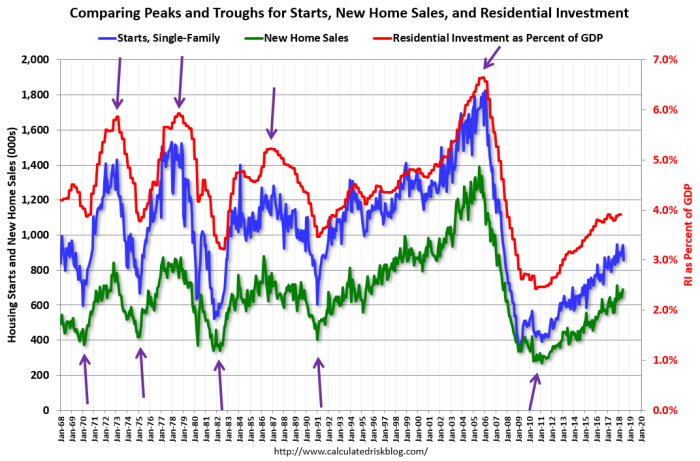After months of talks, Waterfront Toronto and Sidewalk Labs LLC have signed a deal that reins in some of the Google-affiliate’s controversial plans around its proposed “test bed” for new urban technologies on the city’s lakeshore.
On Tuesday, Waterfront Toronto released both a new 58-page “plan development agreement” as well as the original “framework agreement” it had signed last fall with Sidewalk, the full text of which had until now been kept secret.
The new deal walks back or clarifies a number of provisions contained in that original deal, signed after Sidewalk Labs, a unit of Google-parent Alphabet Inc., was chosen as the “funding and innovation partner” to develop a 12-acre parcel of land on the waterfront known as Quayside.
Waterfront Toronto and the New York-based Sidewalks Labs praised the deal as an important milestone as they continue to develop the project, which some critics have warned will involve collecting too much data, or give too much control to Sidewalk over the city’s waterfront plans.
Sidewalk has said it wanted to develop a long list of futuristic “smart city” innovations including sensors to detect pedestrians at traffic lights, robot vehicles that whisk away garbage in underground tunnels and a new street layout to accommodate a fleet of shared self-driving cars. But Sidewalk argued that much of what it planned required more than just the Quayside parcel to work.
According to documents released by Waterfront Toronto, the original framework deal suggested that Sidewalk would be given the right to ramp up its plans across the 800-acre Eastern Waterfront when it came under Waterfront Toronto’s purview. Those lands, which are mostly city-owned, were due to be handed over to Waterfront Toronto, a corporation jointly controlled by all three levels of government with a mandate to develop the waterfront.
But the deal signed on Tuesday says that, except for the initial Quayside parcel, no other waterfront lands will be automatically included in the project, except as justified with a “business case” and other government approvals.
No transfer or sale of land is included in Tuesday’s deal, although the original agreement “contemplated options or requirements to transfer or make land available” to Sidewalk Labs. Waterfront Toronto officials say expanding the project across other lands is still a possibility.
The new deal also says Sidewalk’s initial $50-million investment, some of which is being spent on a series of public consultations and work developing it plans, does not count as equity in the development – a possibility neither Sidewalk nor Waterfront Toronto had previously revealed. However, Tuesday’s deal does say that if the final plans are approved, the $50-million could be recovered in Sidewalk’s share of any profits.
The original framework was thin on details about Torontonians’ data and privacy. The new agreement outlines a number of protections and promises, including a pledge to “create the most privacy protected/citizen-centered set of policies and governance structures in the world, recognizing privacy as a fundamental human right.” But specifics still remain to be worked out.
The new deal, signed three months later than originally scheduled, comes after the sudden departure in early July of Waterfront Toronto’s CEO, Will Fleissig, who had been a driving force behind the project. Tuesday’s deal is only a step toward a final “master innovation and development plan,” which the waterfront agency says won’t be signed until next year.
The latest deal was approved unanimously by Waterfront Toronto’s board on Tuesday, but only after Toronto developer Julie Di Lorenzo, who has previously publicly questioned the plan, resigned from her seat on the board. Ms. Di Lorenzo could not be reached.
Under the new agreement, the deal can be terminated if the master plan is not approved by Sept. 30 next year. But Waterfront Toronto officials say they expect a deal by the spring – elements of which may come before Toronto’s city council for approval. The city is also contemplating holding its own public consultations on its plans.
Michael Nobrega, the acting CEO of Waterfront Toronto and the former president and CEO of the Ontario Municipal Employees Retirement System (OMERS), who signed the deal, says the new agreement protects the public interest.
“If at any time this project goes sideways, we have lots of exits, at no cost,” Mr. Nobrega said. “This thing is an opportunity for us to actually I think meet the mandate that the founders outlined for the entity [Waterfront Toronto], an exciting opportunity to build a world-class waterfront.”
Toronto Mayor John Tory issued a statement welcoming the new agreement, saying it will allow “the City to consider an innovative new approach to development, housing, public space and mobility in the Quayside District.”
Mr. Tory said he was confident that Waterfront Toronto and Mr. Nobrega and all three governments would ensure the project proceeds in the “best interest of Toronto residents, with a focus on process, privacy, and real public benefit.”










